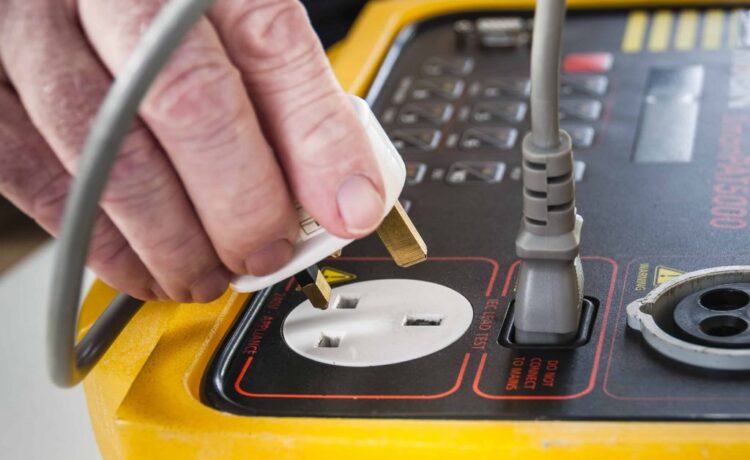What is a PAT Tester? This article will give you an overview of the three main types of PAT testers: Class III, Class II, and Class I. We’ll also cover which test instruments are better suited for the job. If you don’t want to get bogged down by a technical manual, consider hiring a technician. Alternatively, you can use a combination of test instruments. This will, of course, involve a greater learning curve.
Class III PAT Testers
PAT testing involves the use of unique electrical test equipment that detects any faults on electrical appliances. Electrical burn marks and faulty wiring are common symptoms of electrical hazards. PAT testing is done by an external company or by an in-house person who knows how to use it. The device can detect the most common electrical faults by examining the appliance for visible signs of damage. However, if you don’t have a trained professional on site, you can perform the PAT test by yourself or by outsourcing the task.
The RCD Testing can detect if an appliance is safe and compliant with legislation. It will perform basic safety checks such as insulation resistance tests. Some models also check the wiring of detachable mains cords. However, some instruments do not have the ability to apply mains power to the appliance. There are two types of PAT testers: simple PASS/FAIL testers and advanced PAT testers. The PASS/FAIL tester is designed for in-house PAT testing. The advanced version will give you more information about electrical appliances and is targeted towards professional users.
Class II PAT Testers
If you are considering purchasing a PAT tester, you’ve come to the right place. Not only are they an affordable option, but they also come with a number of useful features. These testers can help you determine the safety of electrical equipment. They have functions like the load test and the electrical system check. The results of the tests should be recorded on a combined inspection and testing document.
The PAT tester plugs into the appliance you’d like to test. Connect a test lead to the earth point on the appliance and then switch the equipment on without mains power. The PAT test itself varies depending on the type of tester. Some basic PAT testers just perform an insulation resistance test and earth continuity test. There is no display, but you can also purchase pass/fail models with a reading display.
Class I PAT Testers
If you’re looking for a piece of unique electrical test equipment, consider the Class I PAT Tester. Developed for use in schools, PAT testers are designed to quickly and easily test electrical equipment in a classroom setting. The equipment can be tested with a load test function, electrical system check, or a combination of both. The results of these tests should be recorded on a combined inspection and testing document.
A differential leakage current test measures the difference between live and neutral conductors to determine if a current is flowing to earth. While a normal appliance should have no earth leakage, a double-insulated appliance may exhibit this phenomenon through its operator contact or mountings. The test measures the leakage current at the maximum permissible value based on the appliance’s rated voltage.








